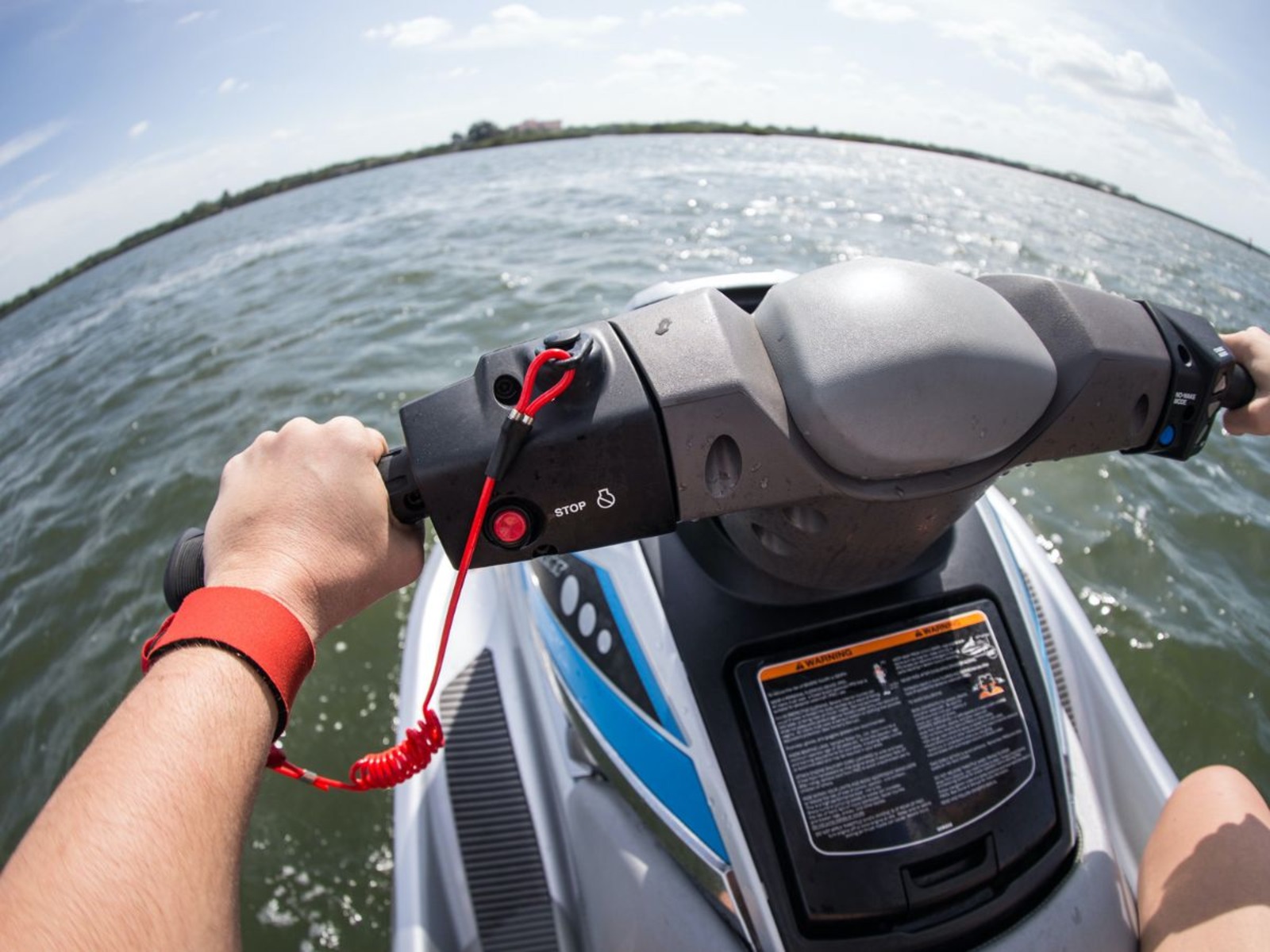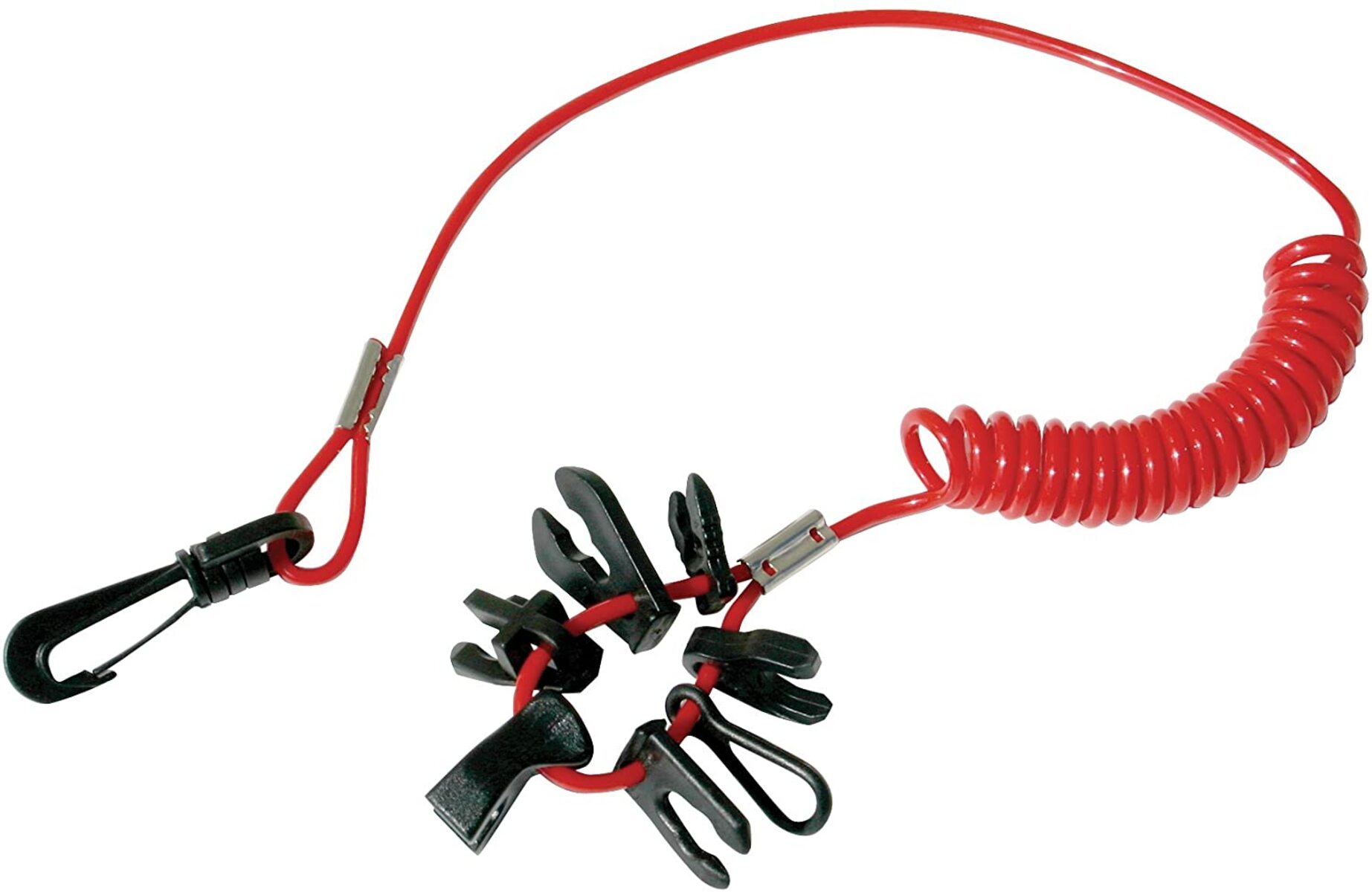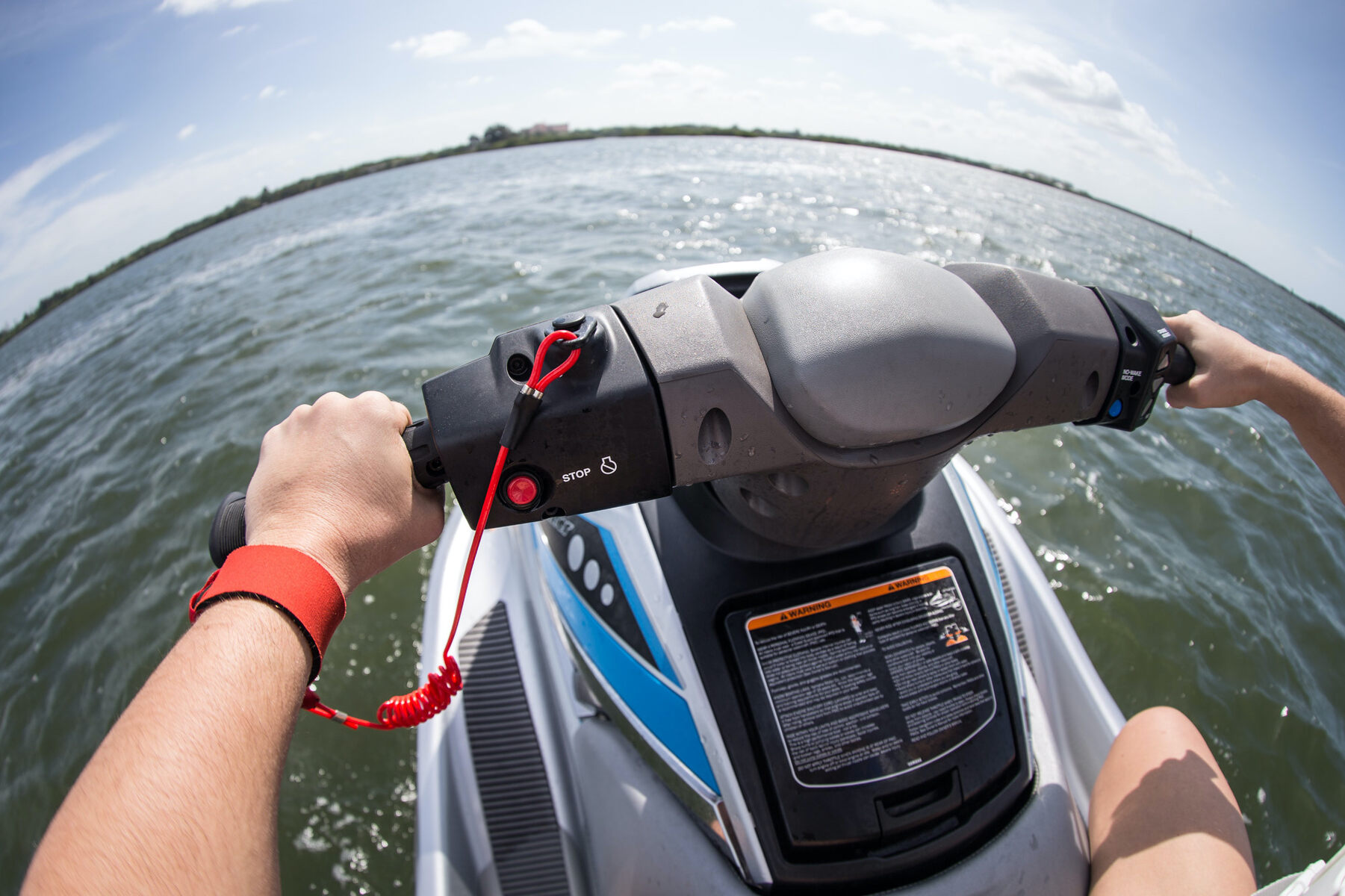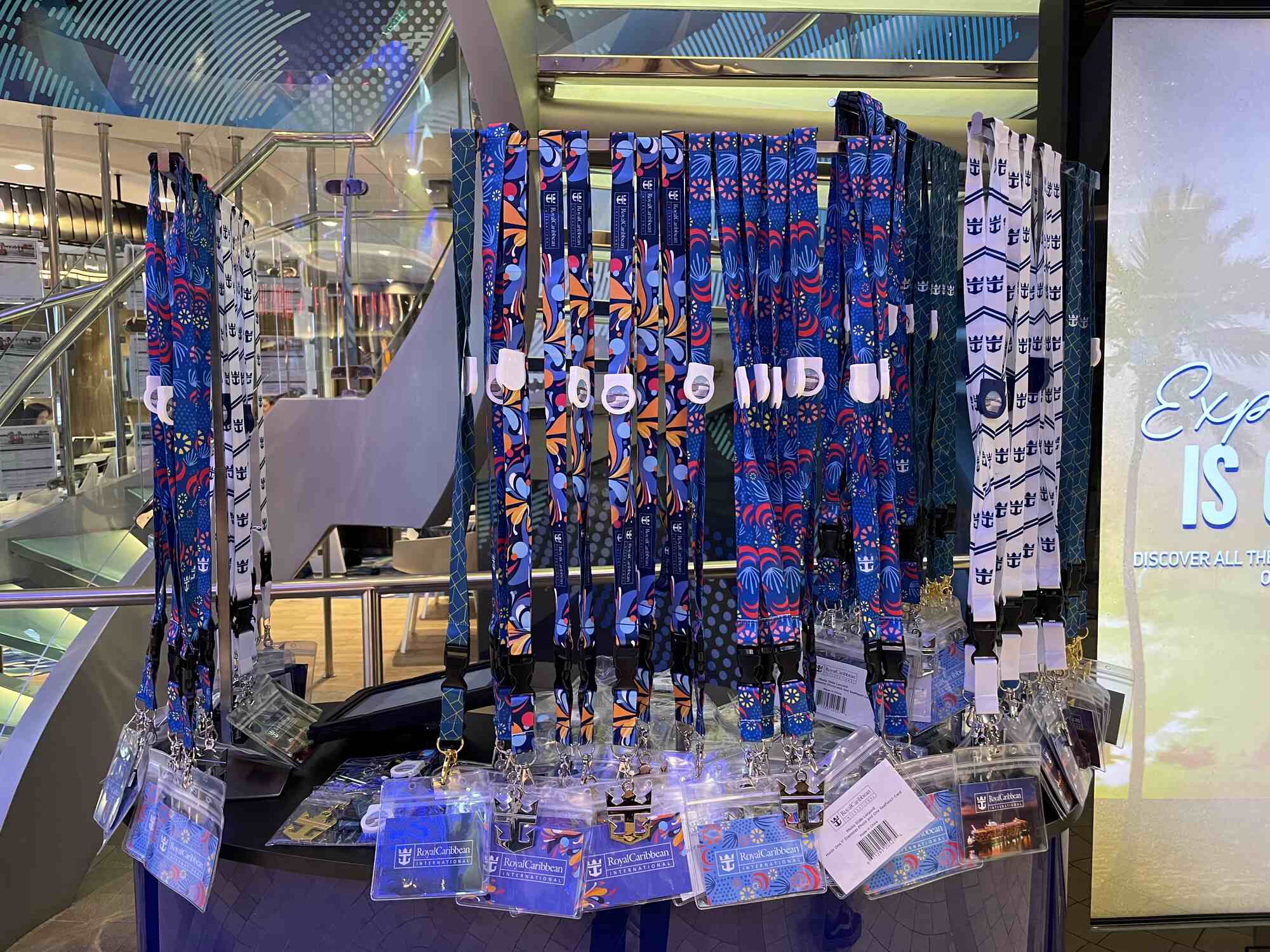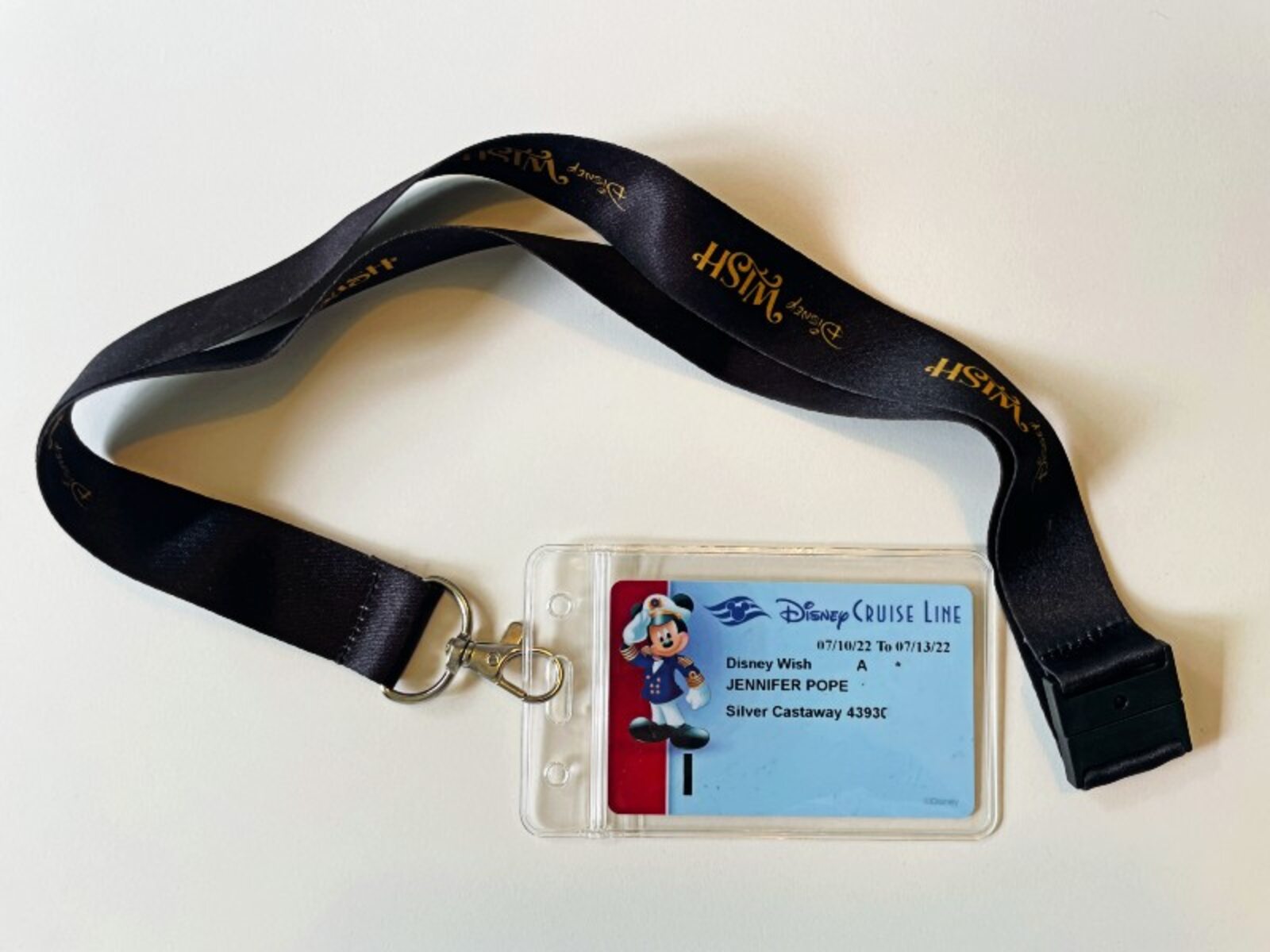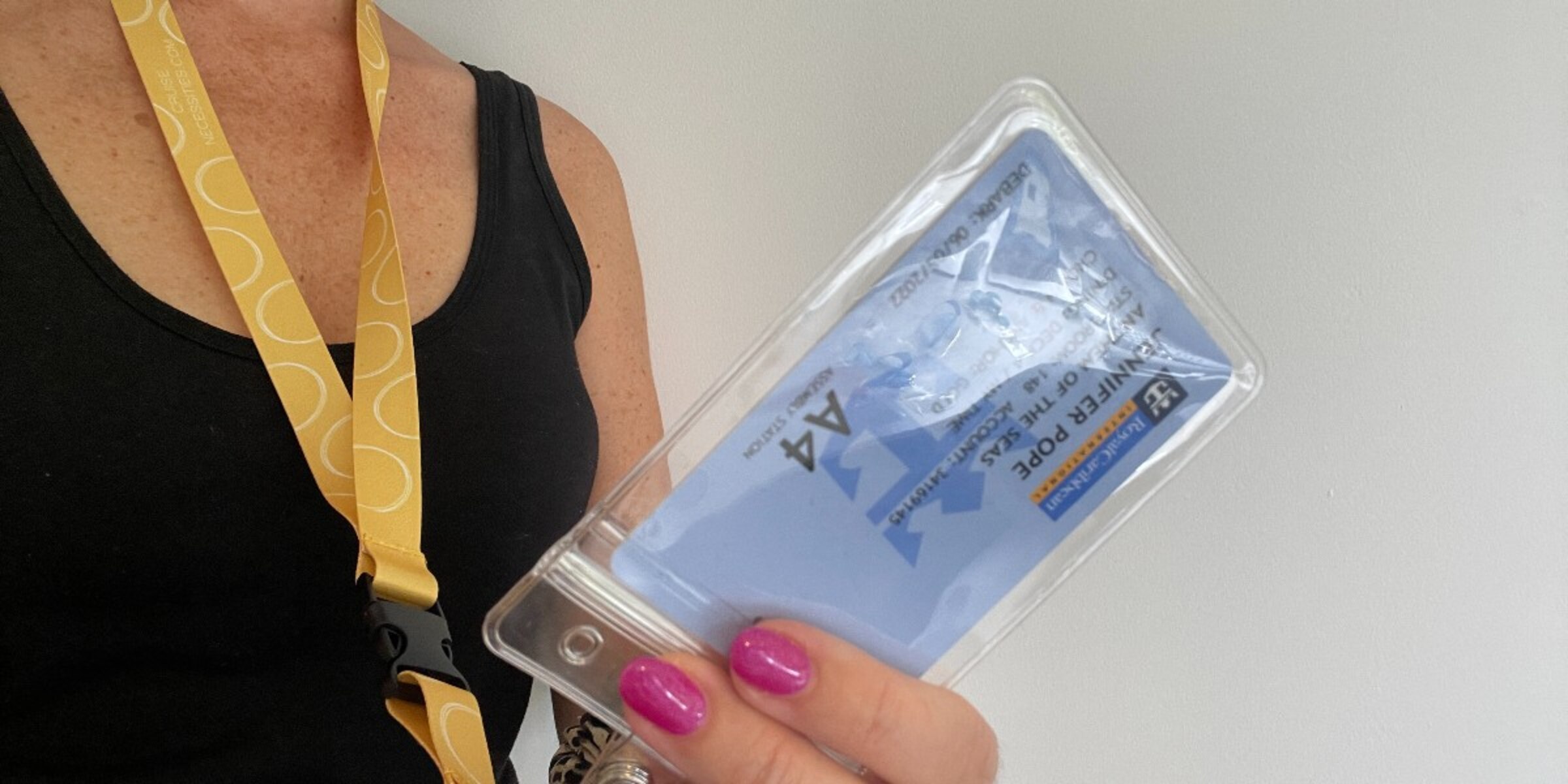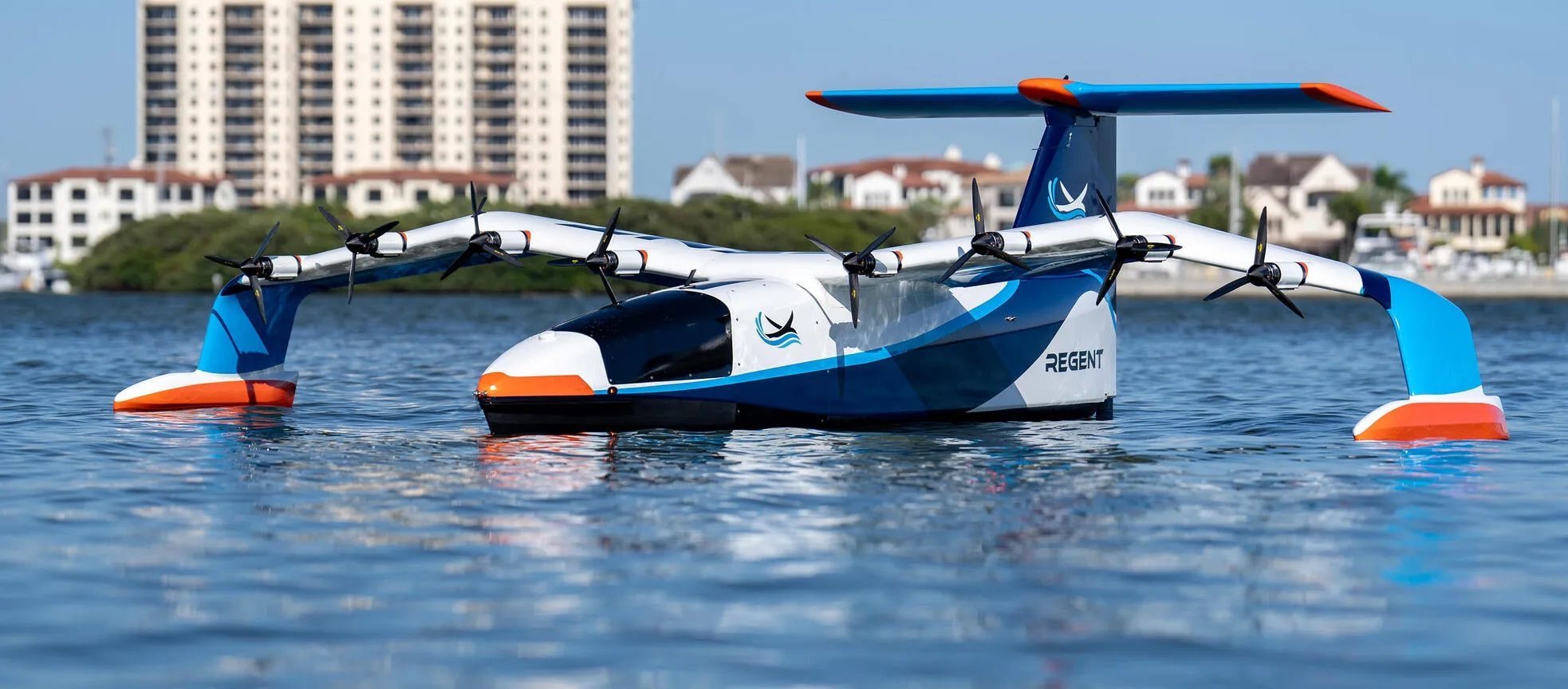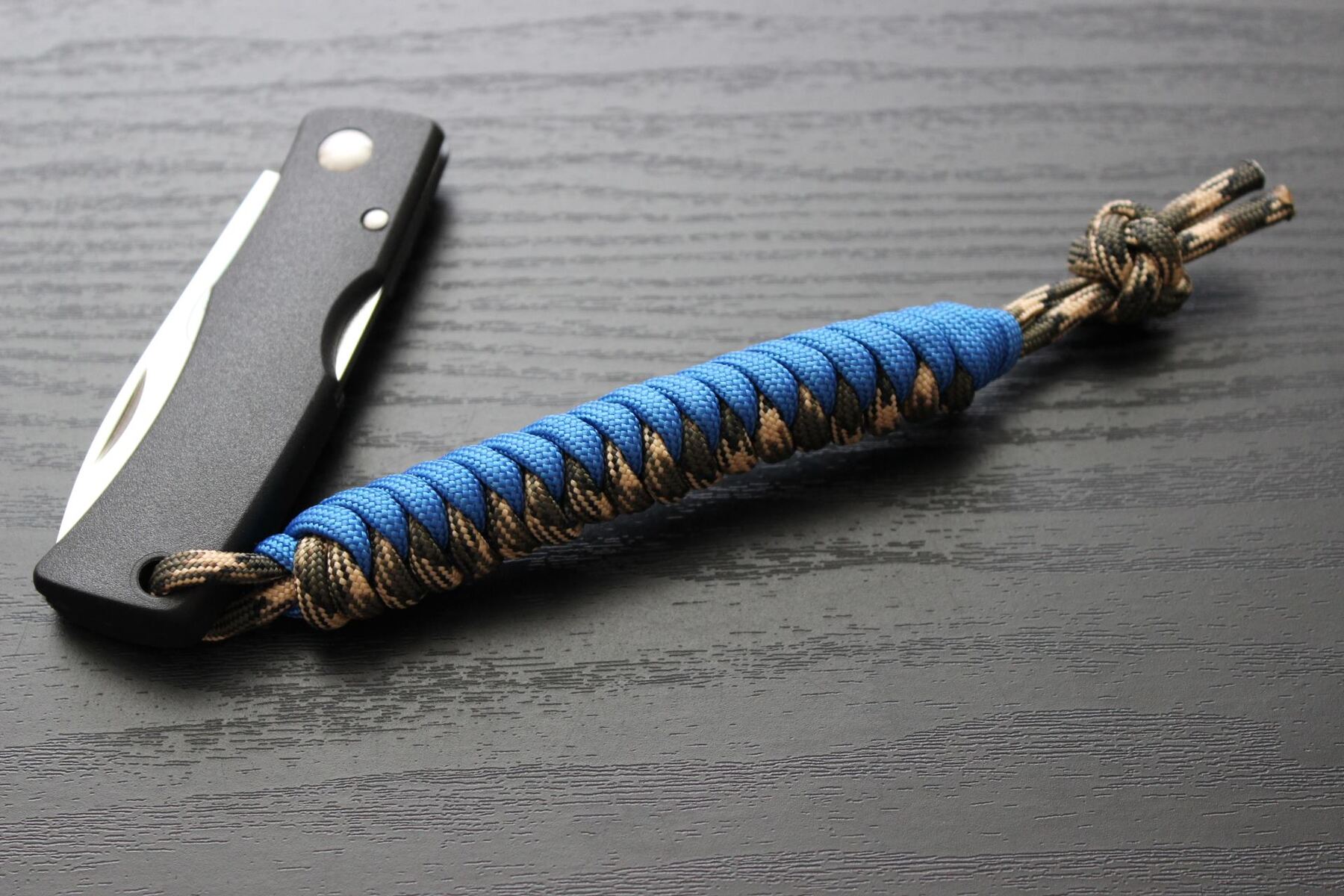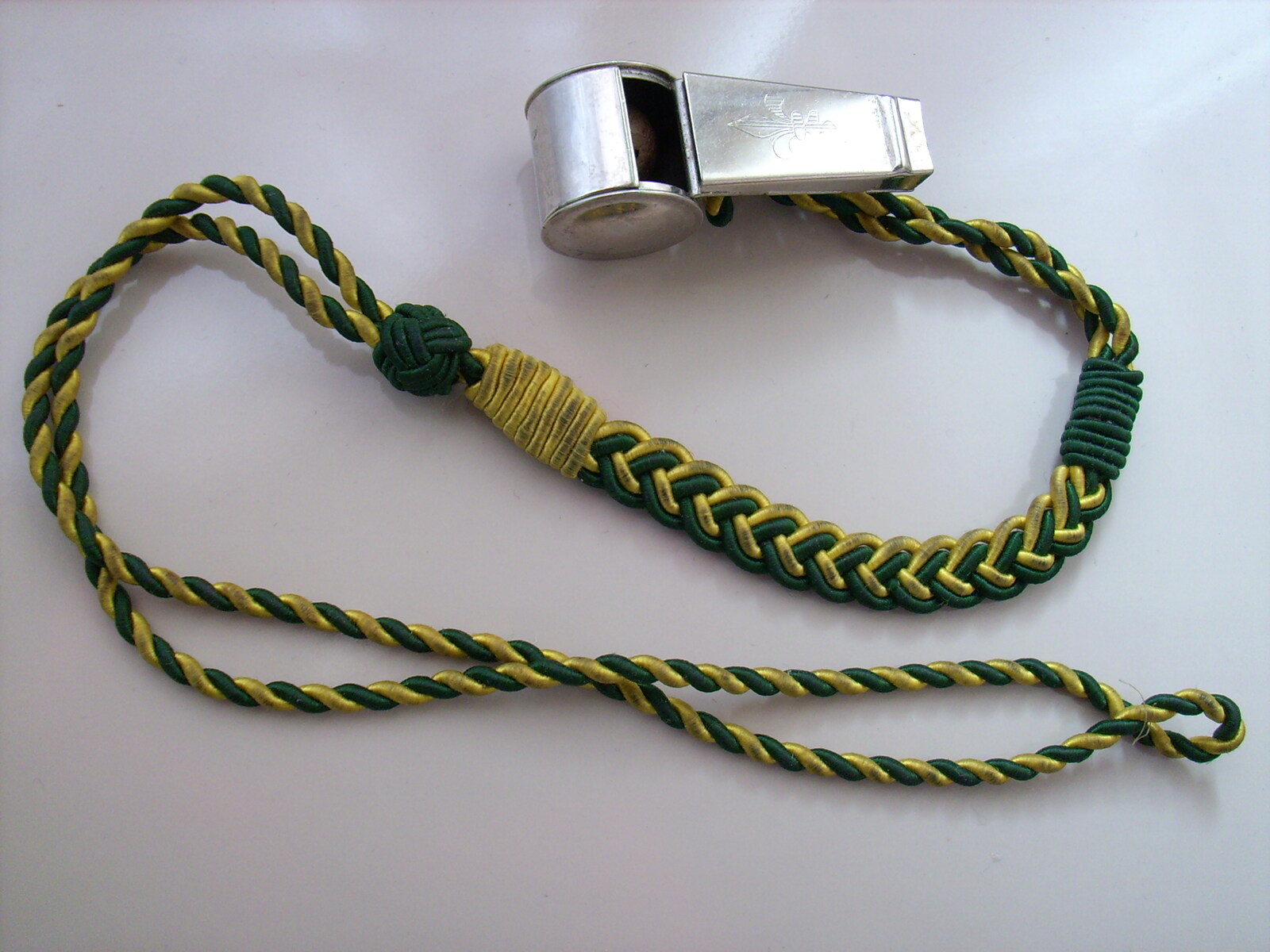Introduction
Personal watercraft, also known as jet skis, offer an exhilarating experience on the water, attracting thrill-seekers and water sports enthusiasts alike. However, the excitement of riding a personal watercraft comes with inherent risks, making safety a top priority for riders and operators. One crucial safety feature that often goes unnoticed is the personal watercraft safety lanyard.
The significance of personal watercraft safety lanyards cannot be overstated. These simple yet indispensable devices are designed to prevent accidents and keep riders safe while enjoying their time on the water. Understanding the function and importance of personal watercraft safety lanyards is essential for anyone venturing into the world of watercraft recreation.
In this article, we will delve into the intricacies of personal watercraft safety lanyards, exploring their purpose, functionality, and the critical role they play in ensuring the safety of riders. We will also provide valuable insights into selecting the right safety lanyard and using it effectively. By the end of this article, you will have a comprehensive understanding of why personal watercraft safety lanyards are indispensable accessories for anyone operating or riding a jet ski.
Join us as we embark on a journey to uncover the significance of personal watercraft safety lanyards and learn how these unassuming yet vital devices contribute to the safety of watercraft enthusiasts worldwide.
Understanding Personal Watercraft Safety Lanyards
Personal watercraft safety lanyards, also known as engine cutoff switches or kill switches, are essential safety devices designed to prevent accidents and protect riders while operating a personal watercraft. These lanyards are typically attached to the rider's wrist or life jacket and connected to the watercraft's engine or ignition system. In the event of an unexpected separation between the rider and the watercraft, the safety lanyard activates, instantly shutting off the engine and bringing the watercraft to a stop.
The primary function of a personal watercraft safety lanyard is to ensure that the engine disengages if the rider falls off or becomes separated from the watercraft. This crucial safety feature prevents the watercraft from continuing to operate without a rider in control, reducing the risk of accidents, collisions, or injuries. By immediately cutting off the engine's power, the safety lanyard helps avert potentially hazardous situations, safeguarding both the rider and others in the vicinity.
Personal watercraft safety lanyards are equipped with a durable and reliable cord that is resistant to water exposure and wear. The attachment mechanism, often a clip or Velcro strap, secures the lanyard to the rider's person, ensuring that it remains connected during watercraft operation. Some advanced lanyard models incorporate additional safety features, such as magnetic or wireless connectivity, further enhancing their effectiveness in emergency engine shutdown scenarios.
Understanding the mechanics and purpose of personal watercraft safety lanyards is essential for all riders and operators. By recognizing the critical role these devices play in mitigating risks and promoting watercraft safety, individuals can make informed decisions about their use and prioritize safety measures while enjoying recreational water activities.
As we continue our exploration of personal watercraft safety lanyards, we will delve deeper into the importance of incorporating these indispensable safety devices into watercraft operation, emphasizing their role in preventing accidents and enhancing overall safety on the water.
Importance of Using Personal Watercraft Safety Lanyards
Personal watercraft safety lanyards are not merely optional accessories; they are fundamental components of safe watercraft operation. The importance of using personal watercraft safety lanyards cannot be overstated, as these devices serve as critical safeguards against potential accidents and injuries on the water. By understanding the significance of incorporating safety lanyards into watercraft activities, riders and operators can actively prioritize safety and minimize risks associated with personal watercraft operation.
-
Preventing Unintended Operation: One of the primary reasons for using personal watercraft safety lanyards is to prevent unintended watercraft operation. In the event of a rider falling off or being thrown from the watercraft, the safety lanyard instantly disengages the engine, bringing the watercraft to a halt. This immediate shutdown prevents the watercraft from continuing to operate without a rider in control, mitigating the risk of collisions, property damage, and potential harm to individuals in the vicinity.
-
Enhancing Rider Safety: The use of safety lanyards significantly enhances rider safety by reducing the likelihood of accidents and injuries. By ensuring that the watercraft comes to a stop when the rider becomes separated from it, safety lanyards minimize the risk of the watercraft colliding with obstacles, other vessels, or individuals in the water. This proactive safety measure not only protects the rider but also contributes to the overall safety of the watercraft environment.
-
Compliance with Safety Regulations: Many waterways and jurisdictions mandate the use of personal watercraft safety lanyards as part of safety regulations and boating laws. Adhering to these regulations is not only a legal requirement but also a responsible practice that promotes a culture of safety and accountability among watercraft operators. By using safety lanyards in accordance with regulatory requirements, individuals demonstrate their commitment to safe and responsible watercraft operation.
-
Peace of Mind for Operators: For watercraft operators, utilizing safety lanyards offers peace of mind and confidence in knowing that an essential safety mechanism is in place. This assurance allows operators to focus on enjoying their watercraft activities while minimizing concerns about potential accidents or unauthorized watercraft operation.
In summary, the importance of using personal watercraft safety lanyards extends beyond mere compliance; it encompasses the fundamental principles of safety, responsibility, and risk mitigation. By recognizing the pivotal role that safety lanyards play in preventing accidents, enhancing rider safety, and complying with regulations, individuals can prioritize safety and promote a culture of responsible watercraft operation. As we continue to explore the intricacies of personal watercraft safety lanyards, it becomes evident that these devices are indispensable tools for ensuring safety at sea.
How Personal Watercraft Safety Lanyards Work
Personal watercraft safety lanyards operate on a straightforward yet ingenious principle, serving as a vital link between the rider and the watercraft's engine or ignition system. When properly utilized, these lanyards play a pivotal role in preventing accidents and enhancing safety during watercraft operation.
The functionality of personal watercraft safety lanyards is rooted in their ability to initiate an immediate engine shutdown in the event of rider separation or unexpected disconnection. This rapid response is facilitated by the lanyard's attachment to a designated engine cutoff switch, typically located near the watercraft's helm or control area. The lanyard is securely fastened to the rider's wrist, life jacket, or personal flotation device, ensuring that it remains connected during watercraft operation.
In the event of a sudden separation between the rider and the watercraft, the safety lanyard activates, triggering the engine cutoff switch and halting the watercraft's propulsion. This instantaneous response prevents the watercraft from continuing to operate without rider control, mitigating the risk of collisions, injuries, or potential damage. By effectively interrupting the engine's power, the safety lanyard serves as a critical fail-safe mechanism, bringing the watercraft to a prompt stop and averting potentially hazardous situations on the water.
The mechanics of personal watercraft safety lanyards are designed to be reliable and resilient, ensuring consistent performance in diverse watercraft environments. These lanyards are engineered with durable materials that withstand exposure to water, UV rays, and general wear and tear, maintaining their effectiveness in challenging marine conditions. Additionally, advancements in safety lanyard technology have led to the development of wireless and magnetic cutoff systems, further enhancing the speed and efficiency of engine shutdown upon rider separation.
By understanding how personal watercraft safety lanyards work, riders and operators gain valuable insights into the essential role these devices play in safeguarding watercraft activities. The seamless integration of safety lanyards into watercraft operation underscores their significance as indispensable safety components, contributing to a culture of responsible and secure recreational watercraft use.
As we continue to explore the intricacies of personal watercraft safety lanyards, it becomes evident that these devices are indispensable tools for ensuring safety at sea.
Tips for Choosing and Using Personal Watercraft Safety Lanyards
-
Selecting the Right Lanyard: When choosing a personal watercraft safety lanyard, opt for a model specifically designed for your watercraft make and model. Ensure compatibility with your watercraft's engine cutoff switch to guarantee seamless integration and reliable performance.
-
Durable Construction: Prioritize lanyards constructed from high-quality, durable materials that withstand exposure to water, UV rays, and abrasion. Look for robust cords and secure attachment mechanisms to ensure the lanyard remains intact during watercraft operation.
-
Comfort and Convenience: Consider the comfort and convenience of the lanyard's attachment mechanism. Whether it's a wrist strap or a clip for securing to a life jacket, choose a design that allows freedom of movement while securely fastening the lanyard to your person.
-
Regular Inspection and Maintenance: Routinely inspect the condition of your safety lanyard, checking for signs of wear, fraying, or damage. Replace the lanyard if any issues are detected to maintain its effectiveness as a safety device.
-
Secure Attachment: When using a personal watercraft safety lanyard, ensure a secure attachment to your wrist or life jacket. A properly fastened lanyard minimizes the risk of accidental disconnection and ensures prompt activation in the event of rider separation.
-
Practice Safe Habits: Incorporate the use of safety lanyards into your watercraft operation habits. Prior to starting the engine, securely attach the lanyard to your person and verify its connection to the engine cutoff switch. This simple yet crucial practice reinforces safety protocols and minimizes the risk of unintended watercraft operation.
-
Education and Awareness: Educate yourself and fellow riders about the importance of using personal watercraft safety lanyards. Promote awareness of safety lanyard functionality and emphasize their role in preventing accidents and enhancing overall watercraft safety.
-
Adherence to Regulations: Familiarize yourself with local regulations and safety requirements pertaining to personal watercraft operation. Comply with mandatory safety lanyard usage and ensure that all riders onboard utilize safety lanyards in accordance with applicable laws and regulations.
By adhering to these tips for choosing and using personal watercraft safety lanyards, riders and operators can prioritize safety and minimize risks associated with watercraft activities. Incorporating these best practices into watercraft operation fosters a culture of responsible and secure recreational watercraft use, ultimately contributing to a safer and more enjoyable experience on the water.
Conclusion
In conclusion, personal watercraft safety lanyards are indispensable safety devices that play a pivotal role in ensuring the well-being of riders and promoting responsible watercraft operation. By understanding the significance of these unassuming yet vital accessories, individuals can actively prioritize safety and mitigate the inherent risks associated with personal watercraft activities.
The importance of using personal watercraft safety lanyards extends beyond mere compliance with regulations; it encompasses fundamental principles of safety, responsibility, and risk mitigation. These devices serve as critical safeguards against potential accidents, injuries, and unintended watercraft operation, thereby enhancing overall safety on the water. The proactive nature of safety lanyards in preventing collisions, property damage, and harm to individuals underscores their indispensable role in fostering a secure watercraft environment.
Furthermore, the seamless integration of safety lanyards into watercraft operation underscores their significance as essential safety components. By selecting the right lanyard, prioritizing durability, and practicing safe habits, riders and operators can actively contribute to a culture of responsible and secure recreational watercraft use. The collective commitment to utilizing personal watercraft safety lanyards reflects a dedication to safety and accountability, ultimately enhancing the safety and enjoyment of watercraft activities for all participants.
As technology continues to advance, personal watercraft safety lanyards are evolving to incorporate innovative features, further enhancing their effectiveness in emergency engine shutdown scenarios. Wireless and magnetic cutoff systems are revolutionizing safety lanyard functionality, providing rapid and efficient responses to rider separation and unexpected disconnection.
In essence, personal watercraft safety lanyards are not just accessories; they are essential components that embody a commitment to safety, responsibility, and the preservation of enjoyable watercraft experiences. By recognizing the significance of these devices and incorporating them into watercraft activities, individuals contribute to a culture of safety and promote the well-being of all participants in the dynamic world of watercraft recreation.
In conclusion, the utilization of personal watercraft safety lanyards is a testament to the collective dedication to safety and responsible watercraft operation, ensuring that the thrill of watercraft activities is accompanied by a steadfast commitment to safety and well-being.







